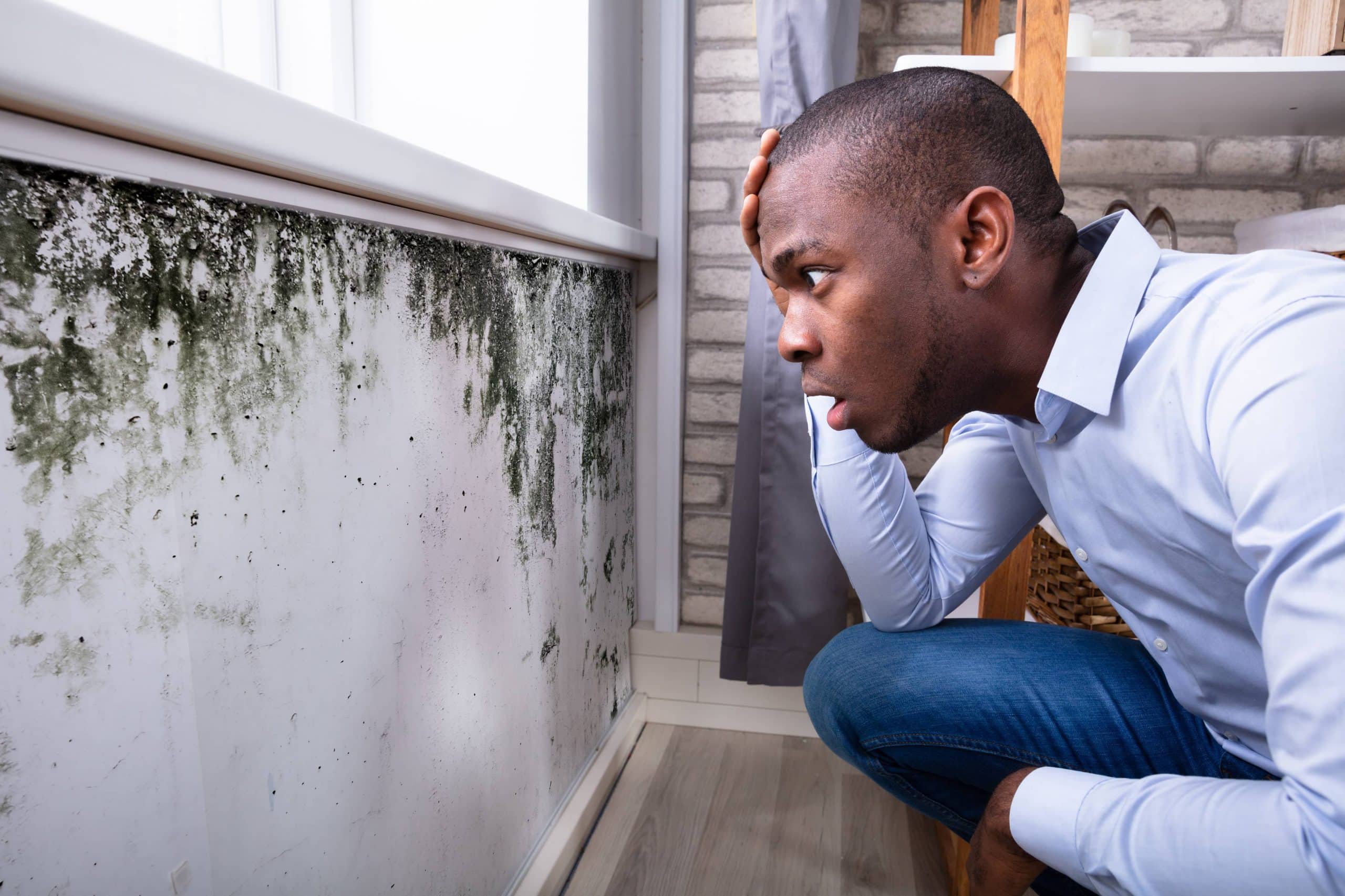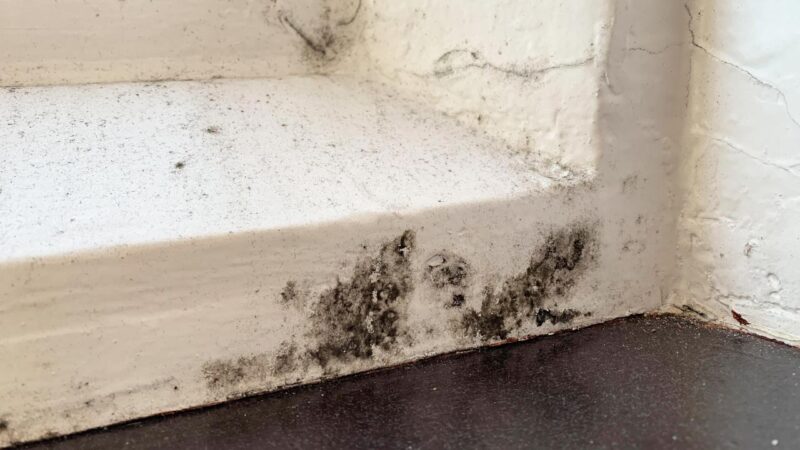Homeownership comes with a multitude of responsibilities, and one of the most insidious threats to your abode is hidden mold lurking within the walls. This unseen invader often goes undetected, quietly wreaking havoc on your home’s structure and your health.
Understanding how to spot the signs of mold can be a daunting task, but arming yourself with the right knowledge is essential. Mold thrives in dark, damp environments, making walls, particularly those near plumbing or in humid areas, prime candidates for infestation.
Whether you’re noticing musty odors or unexplained health issues, it’s crucial to decode these warnings before they escalate into more serious problems. In this article, we’ll explore the telltale signs of mold hidden behind your walls, and equip you with practical steps to uncover and address this hazardous issue effectively.
Don’t let mold make itself at home—let’s dive into the steps to ensure your living space remains safe and sound.
Signs of Mold Presence in Your Home

Detecting the signs of mold presence in your home can often feel like searching for a needle in a haystack, especially when it lurks behind the walls, hidden from plain sight. One of the most telling indicators is a persistent, musty odor that clings to the air, even in freshly cleaned spaces.
If you notice dark spots or patches on your walls, be wary—these could be the telltale signs of mold growth, even if they seem innocuous at first glance. Pay attention to areas that feel damp or exhibit peeling paint; these conditions create a perfect breeding ground for mold.
Furthermore, if you or your loved ones experience unexplained respiratory issues or increased allergies, it could be a signal that mold is playing a role in your home environment. Investigating these signs thoroughly may not just protect your walls but also safeguard your health.
Visual Clues: Discoloration and Stains

Visual clues like discoloration and stains on walls can often serve as red flags for hidden mold lurking behind the surface. Take a closer look at your walls; any unusual patches of yellow, green, or black can hint at moisture issues that could lead to mold growth.
These stains might not just be unattractive blemishes; they can indicate a larger problem brewing beneath the paint or drywall. Water damage, often the precursor to mold, can manifest as streaks or spots that seem to defy the wall\’s original color scheme.
If you notice warped or bubbling surfaces alongside these discolorations, it’s time to investigate further. Remember, what you see on the surface might just scratch the surface of a more significant issue waiting to unfold.
Odor Indicators: Musty Smells

When you step into a space that feels damp and musty, your olfactory senses may be signaling trouble—trouble that often hides behind walls. Musty smells are not just unpleasant; they can indicate the presence of hidden mold thriving in the shadows, weaving its way through insulation and framing.
This distinct odor, reminiscent of damp basements or rotting materials, usually emerges when organic materials like wood or drywall become damp, creating an environment ripe for mold growth. As a homeowner, if you detect such an odor, its essential to take it seriously and investigate further.
Remember, mustiness is a red flag, a whisper that something may be amiss. Don’t ignore the signs; that persistent, earthy scent could lead you to larger issues lurking just out of sight.
Conclusion
In conclusion, understanding how to detect hidden mold in walls is crucial for maintaining a healthy living environment. Homeowners should be proactive in identifying potential signs of mold growth, such as unexplained musty odors, water damage, or visible spots that may require further inspection.
Regular monitoring and employing professional services, such as mold testing Tampa, can help ensure that any hidden mold is identified and remediated before it becomes a serious health hazard. By staying informed and vigilant, homeowners can protect their homes and loved ones from the adverse effects of mold exposure.



